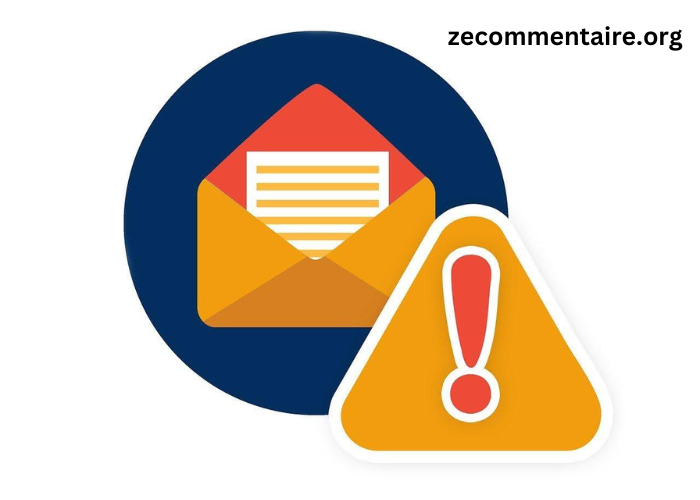Security of email is a very sensitive issue while dealing with cyber security for personal or organizational integrity. As it is attributed to phishing attacks, malware, and spam emails, it is of great importance to address the best practices of email security to avoid data breaches and protect sensitive information. This is your checklist of what you should do to improve your email protection and shield against possible threats.
1. Use a Reliable Spam Filter
One of the most effective ways to protect your inbox is by using a reliable spam filter. Spam filters help identify and block suspicious or unsolicited emails that could potentially carry harmful content. Setting up an Office 365 mail spam filter, for instance, provides a built-in level of protection that filters out phishing attempts, malware, and other malicious emails before they reach your inbox.
2. Enable Multi-Factor Authentication (MFA)
This type of security comes as a result of using more than one factor to access your email inbox in addition to the password. This is why for identification through MFA one has to identify himself or herself using another method including a text message, a mobile application, or a biometric test. This way decreases the chance of unauthorized access, even if one gets the password to the account.
Steps to Enable MFA:
- Log in to your Office 365 Admin Center.
- Go to Active Users and select the user account.
- Under More Settings, enable Multi-Factor Authentication.
- Choose a secondary authentication method, such as a text message or authenticator app.
3. Train Users on Email Security Awareness
This can be prevented if employees were trained on the best way through which they will be communicating through emails. Inform the users of scams or how to do away with them or just in case they come across any they should contact the relevant authority. Forwarding suspicious messages to the unified scheme of the IT department can go a long way in reducing the chances of a company falling prey to phishing scams. Ensure users are aware of scams, how to avoid them, or link to them or report a potential scam to authorities if seen.
Key Topics for Training:
- How to recognize phishing emails.
- The importance of verifying sender details.
- Avoiding email attachments from unknown sources.
- Reporting suspicious emails to the IT team.
This way, constant training makes sure that all the users stay on their toes, and implement strategies when it comes to email threats.
4. Implement Data Loss Prevention (DLP) Policies
DLP (Data Leakage Prevention): This means strategies that are put in place to ensure that sensitive company information is not transmitted out of the organization by mistake. These policies can be configured to detect and prevent the distribution of information that you would like to keep confidential like credit card numbers or social security numbers by emailing them.
Steps to Implement DLP Policies:
- Go to the Security & Compliance Center in Office 365.
- Click on Data Loss Prevention and create a new policy.
- Configure the policy to identify specific types of sensitive information.
- Set actions, such as blocking emails or notifying the sender.
DLP policies help ensure compliance with data protection regulations and prevent accidental data breaches.
5. Keep Email Security Software Up to Date
Updating the email security software often guarantees it the latest protection regarding newly developing threats. Regardless of which set of tools is used – the Office 365 built-in tools or third-party applications, updating these tools should be considered crucially important.
Best Practices for Software Updates:
- Enable automatic updates for email security tools.
- Regularly review security settings in the Office 365 Admin Center.
- Stay informed about the latest threats and update configurations accordingly.
6. Monitor Email Activity and Review Reports
Email traffic can also be supervised, but security reports which include data about performed actions and observed irregularities can help detect security problems. In Office 365 there are built-in reports that encompass the email security that give aspects such as blocked spam emails, malware detection, and even failed login attempts.
Steps to Monitor Email Activity:
- Access the Reports section in the Office 365 Security & Compliance Center.
- Review reports related to spam filtering, malware detection, and email flow.
- Investigate any irregular activity and adjust your security policies if needed.
- Regular monitoring allows you to take proactive measures to address any potential security concerns.
Conclusion
Adhering to the aforementioned email security best practices is important for safeguarding from cyber threats for any enterprise. A proper spam filter, the use of MFA, regular training of the employees, the effective implementation of the DLP policies, updating the security software and email monitoring can be effective means to provide the secure utilization of the e-mail.





